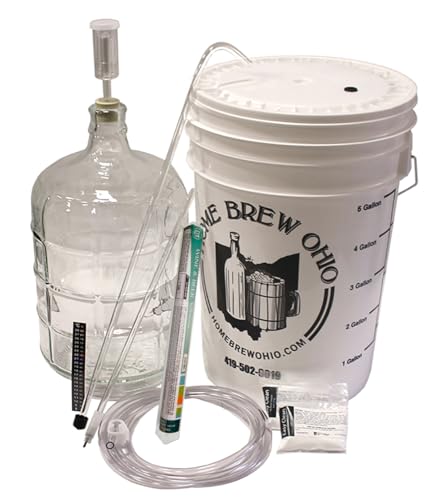Beth (@VinesnBines) and I have been discussing her success with MLF in her F-A hybrids, and I'm planning to inoculate with Lalvin 31 this fall. The planned reds:
The Chambourcin probably won't be a problem, but the CA reds typically come in north of 14% ABV. Anyone with experience with Lalvin 31 -- how likely is this to be a problem?
I was thinking about co-inoculation, as folks doing MLF have commented favorably on it, and in this situation, if ABV is a problem, it will give the MLB time to work before the ABV gets too high.
Scott recommends ML Red Boost MLB nutrient, which makes sense -- it IS their product. Any suggestions regarding MLB nutrient?
- Pinotage (if available) OR a Zinfandel-based blend
- Juice buckets fermented with pomace from Batch #1; varietal depends on #1
- Chambourcin (possibly blended with other F-A hybrids)
Alcohol Tolerance: <14%
pH: >3.1
Total SO2: <45ppm
Temp: >55°F
Frequently used in: aromatic whites, light and medium-bodied reds, fruit wine
pH: >3.1
Total SO2: <45ppm
Temp: >55°F
Frequently used in: aromatic whites, light and medium-bodied reds, fruit wine
The Chambourcin probably won't be a problem, but the CA reds typically come in north of 14% ABV. Anyone with experience with Lalvin 31 -- how likely is this to be a problem?
I was thinking about co-inoculation, as folks doing MLF have commented favorably on it, and in this situation, if ABV is a problem, it will give the MLB time to work before the ABV gets too high.
Scott recommends ML Red Boost MLB nutrient, which makes sense -- it IS their product. Any suggestions regarding MLB nutrient?



















































